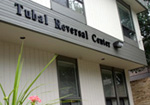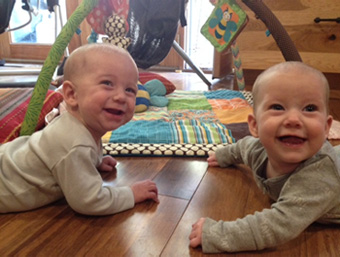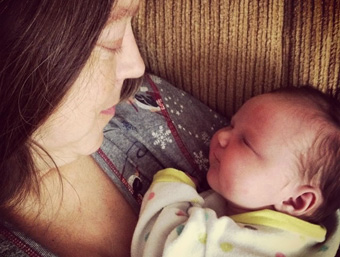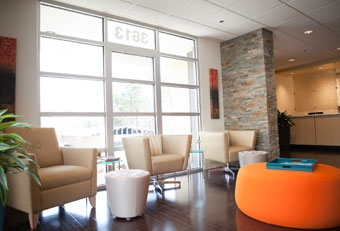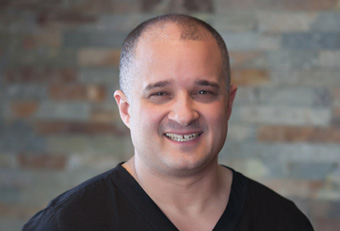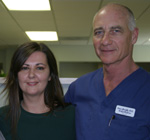
Adiana Sterilization: Experimental Tubal Ligation
Tina was 29 when she decided to take part in an experimental trial to test a new sterilization procedure. She responded to a local radio ad and enrolled in a study of Adiana tubal sterilization. This Adiana procedure uses high-energy radio wave use to block the fallopian tube in a similar area as the Essure tubal sterilization.
Adiana Sterilization: Similar To Essure Sterilization
Adiana sterilization was approved for use in the US by the FDA in 2009.
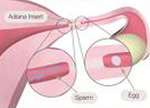
The tube then heals closed as scar tissue forms in the narrowest portion of the fallopian tube courses through the uterine muscle and enters the uterine cavity. The portion of the tube outside the uterus is not affected.
Tina underwent an Adiana procedure in her local hospital under light sedation. The sterilization procedure worked and for the next five years Tina did not have to worry about the possibility of pregnancy.
Tubal Ligation, Tragedy, And Tubal Reversal
Like many other women who undergo sterilization procedures, Tina did not think there would ever be a reason to consider having more children in the years following her tubal occlusion. Things changed for Tina and her family, suddenly and unexpectedly, when her 14-year-old son died after drowning.
Although Tina had thought about having more children before the death of her son, she never seriously considered a reversal procedure. After the loss of her son, however, regaining her fertility and wanting to become pregnant became high priorities.
Tina contacted Dr. Berger by email to inquire about the possibility of reversal. Although the company that manufactures Adiana was not aware of any prior attempts to reverse the sterilization procedure, within weeks of her initial contact she was at A Personal Choice for a reversal of Adiana sterilization.
Adiana Reversal Procedure
Tina underwent an outpatient tubouterine implantation. Reversal of this type of sterilization takes considerable skill and experience. The reversal of Adiana sterilization is very similar to the procedure used for Essure reversal.
The tubal blockage after Adiana occurs in the interstitial portion of the tube (the narrowest portion of the tube as it enters into the uterus). As a result of scar tissue formation in the wall of the uterus, the tubes cannot simply be ‘flushed’ or otherwise reopened. The area of scarring must be bypassed.
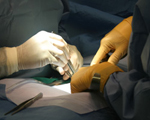
The next morning, after her postoperative visit at her hotel room by a Tubal Reversal Nurse, Tina was discharged to return home. Tina’s surgery was on a Friday. The following Monday she had returned to work.
Tina had a very successful and safe outpatient tubal implantation operation. The pregnancy success rates after reversal of a standard tubal ligation ranges from 70-80%. Our success rates with tubouterine implantation are approximately 50%. Due to the complexity of her reversal procedure, Tina will need a c-section delivery for any subsequent pregnancy.
Reversal of Experimental Tubal Ligations
Both Essure and Adiana methods of tubal closure involve a small segment of the narrowest part of the fallopian tube (the interstitial segment) as the tube travels through the wall of the uterus. The best aspect of these reversals is that a long segment of healthy tube remains after the repair. As a result, the reversal of these two types of tubal occlusion procedures is very similar and the pregnancy rate is approximately 50% after tubal implantation procedures performed at A Personal Choice.
